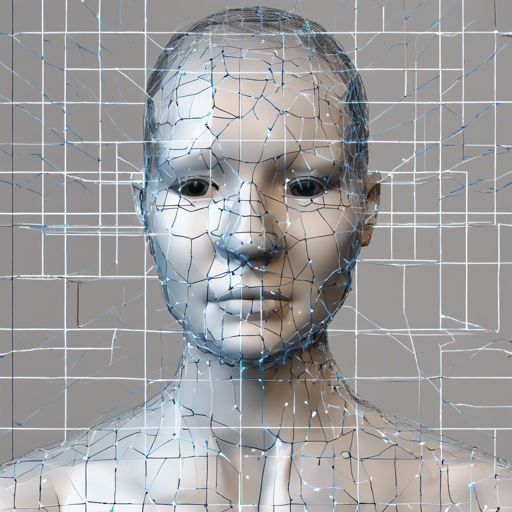The Mask-RCNN-TF2 project revitalizes the original Mask_RCNN project to work seamlessly with TensorFlow 2.0. This powerful tool allows you to generate bounding boxes and segmentation masks for each object instance in an image. In this blog, we will walk you through how to get started with Mask R-CNN for your object detection and segmentation needs.
Getting Started
Without further ado, here are the detailed steps you need to follow to use the project effectively:
- Create a root directory: For example, named Object Detection
- Copy the mrcnn directory: Place it inside your root directory. You can find it in the repository.
- Download pre-trained weights: Obtain the weights from this link.
- Create a script: Write a script for object detection and save it inside your root directory. An example script can be found here.
- Run the script: Execute your script to see results!
Understanding the Code: An Analogy
The process of object detection and segmentation through Mask R-CNN can be compared to a talented artist painting a picture while also carefully framing it with ornate borders. Just as the artist meticulously outlines the key aspects of the painting (bounding boxes) and then fills in the colors and textures (segmentation masks), Mask R-CNN takes an input image, detects objects, and then creates masks for each detected instance.
The code snippet below showcases how this artistic process is performed programmatically:
import mrcnn
import mrcnn.config
import mrcnn.model
import mrcnn.visualize
import cv2
import os
CLASS_NAMES = [BG, person, bicycle, car, motorcycle, airplane, bus, train, ...] # A long list of class names
class SimpleConfig(mrcnn.config.Config):
NAME = "coco_inference"
GPU_COUNT = 1
IMAGES_PER_GPU = 1
NUM_CLASSES = len(CLASS_NAMES)
model = mrcnn.model.MaskRCNN(mode="inference", config=SimpleConfig(), model_dir=os.getcwd())
model.load_weights("mask_rcnn_coco.h5", by_name=True)
image = cv2.imread("sample_image.jpg")
image = cv2.cvtColor(image, cv2.COLOR_BGR2RGB)
r = model.detect([image], verbose=0)
r = r[0]
mrcnn.visualize.display_instances(image=image, boxes=r["rois"], masks=r["masks"], class_ids=r["class_ids"], class_names=CLASS_NAMES, scores=r["scores"])Troubleshooting
While working with the Mask R-CNN project, you may encounter some challenges. Here are a few troubleshooting tips:
- Issue: Script fails to run due to missing weights.
Solution: Ensure that the weights filemask_rcnn_coco.h5has been downloaded and is in the same directory as your script. - Issue: ImportError for missing modules.
Solution: Confirm that all dependencies, including TensorFlow 2.0 and Keras 2.2.4, are correctly installed. You can install these with:
pip install -r requirements.txtSolution: Make sure the versions of Python, Keras, and TensorFlow are appropriately matched as detailed in the project documentation.
For more insights, updates, or to collaborate on AI development projects, stay connected with fxis.ai.
Conclusion
At fxis.ai, we believe that such advancements are crucial for the future of AI, as they enable more comprehensive and effective solutions. Our team is continually exploring new methodologies to push the envelope in artificial intelligence, ensuring that our clients benefit from the latest technological innovations.
With the completion of this guide, you are now equipped with the foundational knowledge required to dive into the powerful capabilities that Mask R-CNN offers for object detection and segmentation. Happy coding!

